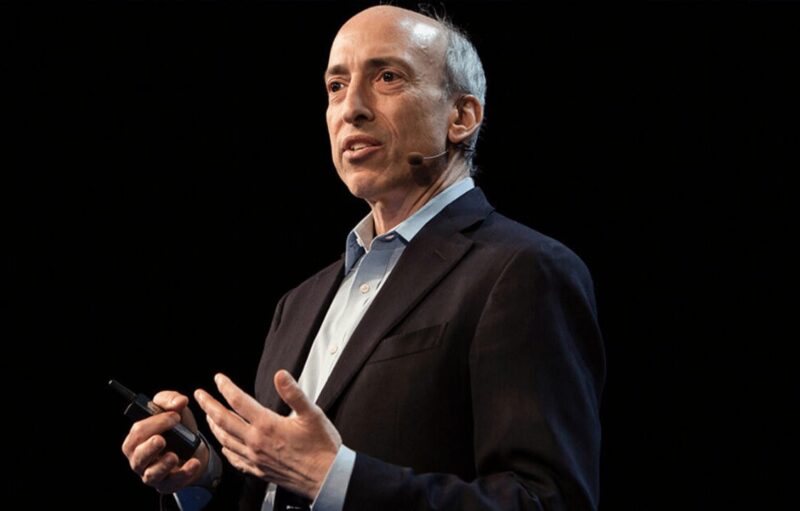
Apple Card is irrelevant. It strives to become a marketing tool for an underperforming iPhone market rather than an actual credit card. | Source: AP Photo/Tony Avelar, File
By CCN Markets: The first thing to understand about Apple Card is that it is not exactly a card. Undoubtedly, the technology behemoth’s entry into the finance sector brings an aggressively white, titanium-made credit card – which has let go of the 16-digit numbers found on traditional credit/debit cards – to the forefront.
hands on with the #AppleCard pic.twitter.com/37xnhMTjLs
— ChampagneFelipe ? (@champagnefelipe) August 12, 2019
Where Are Reward Points?
But Apple Card is irrelevant since Apple discourages users from using the actual card. Instead, the company introduces additional layers of hardware requirements, in the form of expensive iPhones and digital watches, and [literally] underpays users to use them. The move makes Apple Card appear like a byproduct in its own way, not an idiosyncratic phenomenon it has set out to become.
It is evident in how Apple’s cash-back programs work. If an average consumer uses Apple Card directly to pay for goods and services, they get 1 percent cash-back versus 2 percent when using Apple Pay mobile payment service. At the same time, consumers receive an additional 3 percent cash-back when purchasing Apple products, including App Store payments, via Apple Pay.
That makes one wonder why Apple had to go through the trouble of inventing a sleek-looking card when it was merely a backup for places that don’t accept Apple Pay. The 1 percent cash back appears like a cruel joke, especially when other credit cards offer better reward points, making Apple Card a useless addition to one’s wallet.
Deeper and deeper into the Cult of Apple. ? #AppleCard pic.twitter.com/K8u3yacak3
— Julian Velasquez (@princezorldo) August 15, 2019
For instance, if a customer regularly shops from Amazon.com or Whole Foods, then they are more likely to use the Amazon Prime Rewards Visa Signature card because it returns 5 percent cash-back on purchases. But by using Apple Card, rewards get reduced to only 1 percent. Even using the card to pay at gas stations, restaurants, or at chemists returns a mere 2 percent. Bank of America’s Cash Rewards card does the same for 3 percent.
Tricking Users into Purchasing iPhones
The whole point of Apple Card, therefore, narrows down to just one thing: making an Apple junkie out of an average user. The highest reward points are reserved for consumers with an appetite for Apple products. The company’s payment service is going to be most valuable to those who are looking to buy the latest iPhones, Macbooks, Apple Watch, and even subscriptions for iCloud, Apple Music, etc.
That is, of course, what Apple has always been about: the more people it brings inside its walled-garden, the more they are likely to pay for its products. The Apple Card is exclusively available to iPhone users only, which means that one would need to spend at least $600 to become eligible to use it. A typical bank would not force a phone down a consumer’s throat to sell its card services.
The strategy closely follows Apple’s earning report of Q2 2019. The company reported a considerable decline in the sales of its iPhones – under $26 billion of the overall revenue of $53.89 billion. It was the smartphone’s lowest earnings since 2012, indicating customers were moving toward cheaper and more reliable alternatives in the Android market.
[embedded content]
Luca Maestri, Apple’s finance head, told the Financial Times that the company is optimistic for its September quarter when it launches more services, which includes video streaming, gaming, and – not the least – credit card.
“Outside of the iPhone, the company is growing at 17 percent. When you combine services and wearables — categories that almost didn’t exist a few years ago — you combine those two businesses, and they are already approaching the size of a Fortune 50 company, growing in strong double-digits.”
That explains how the Apple Card is merely a ploy to tie users with their iPhones as they go on managing their wealth. Rest in peace, reward points.
This article is protected by copyright laws and is owned by CCN Markets.
Source: CCNThe post appeared first on XBT.MONEY






